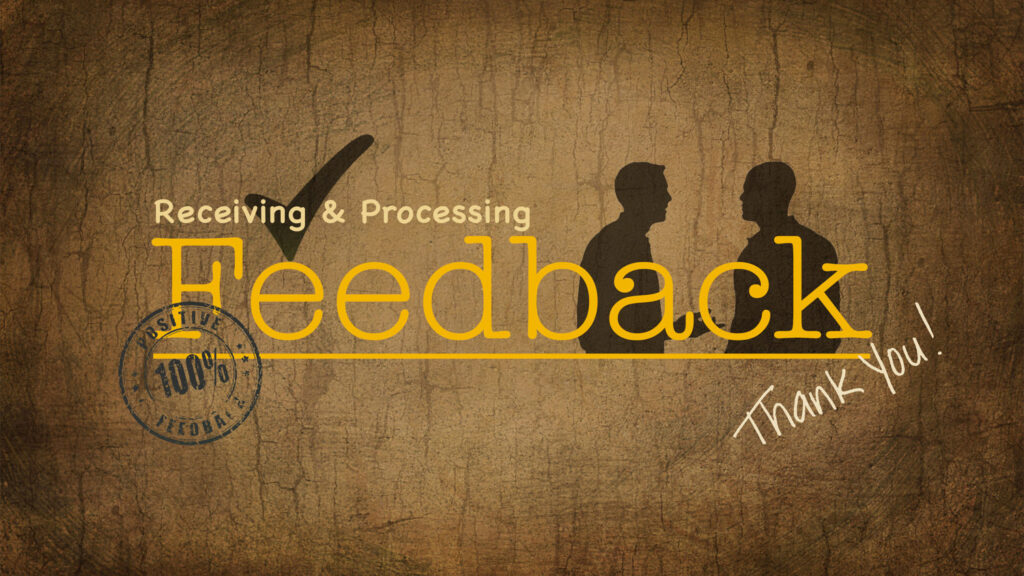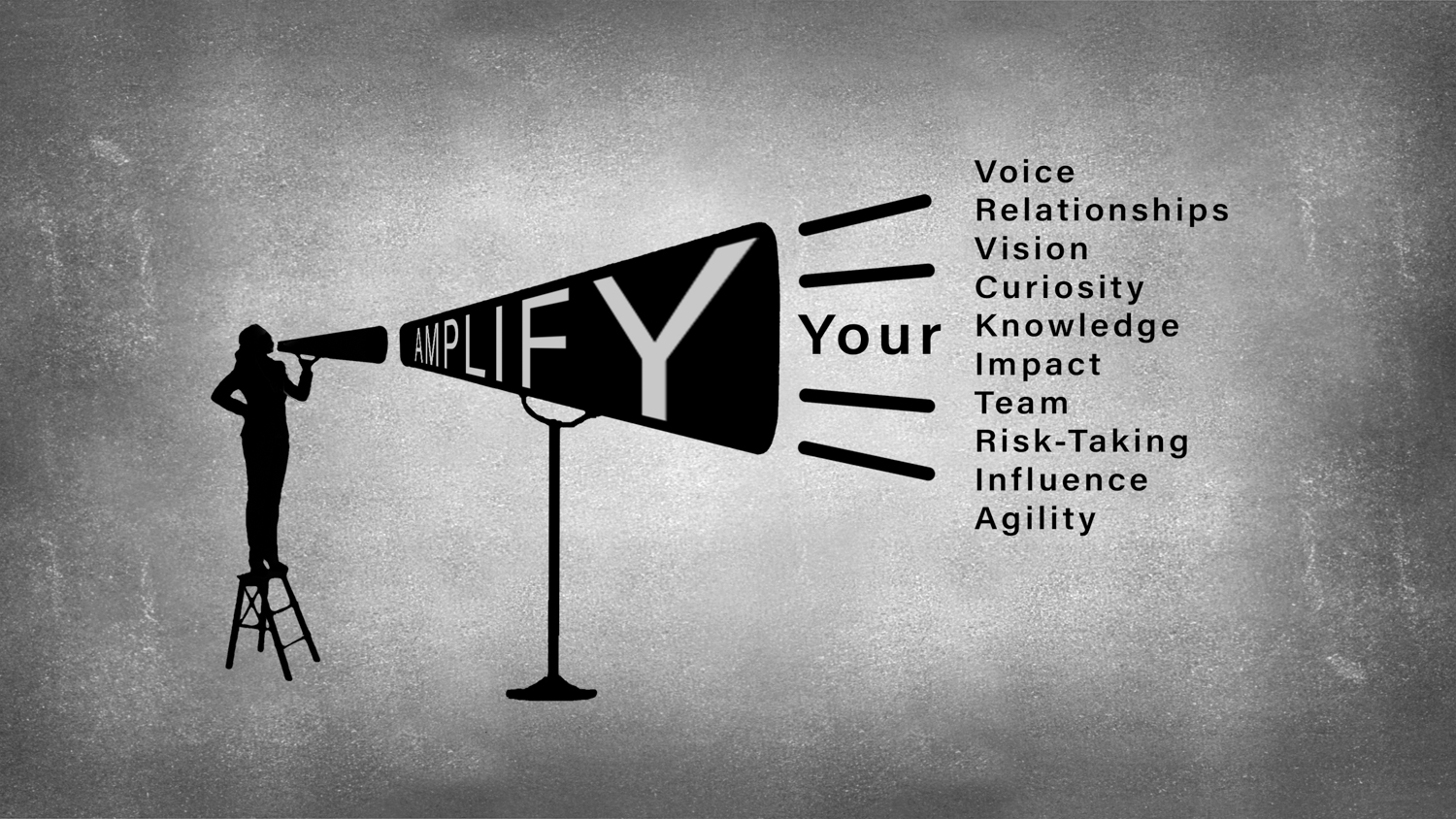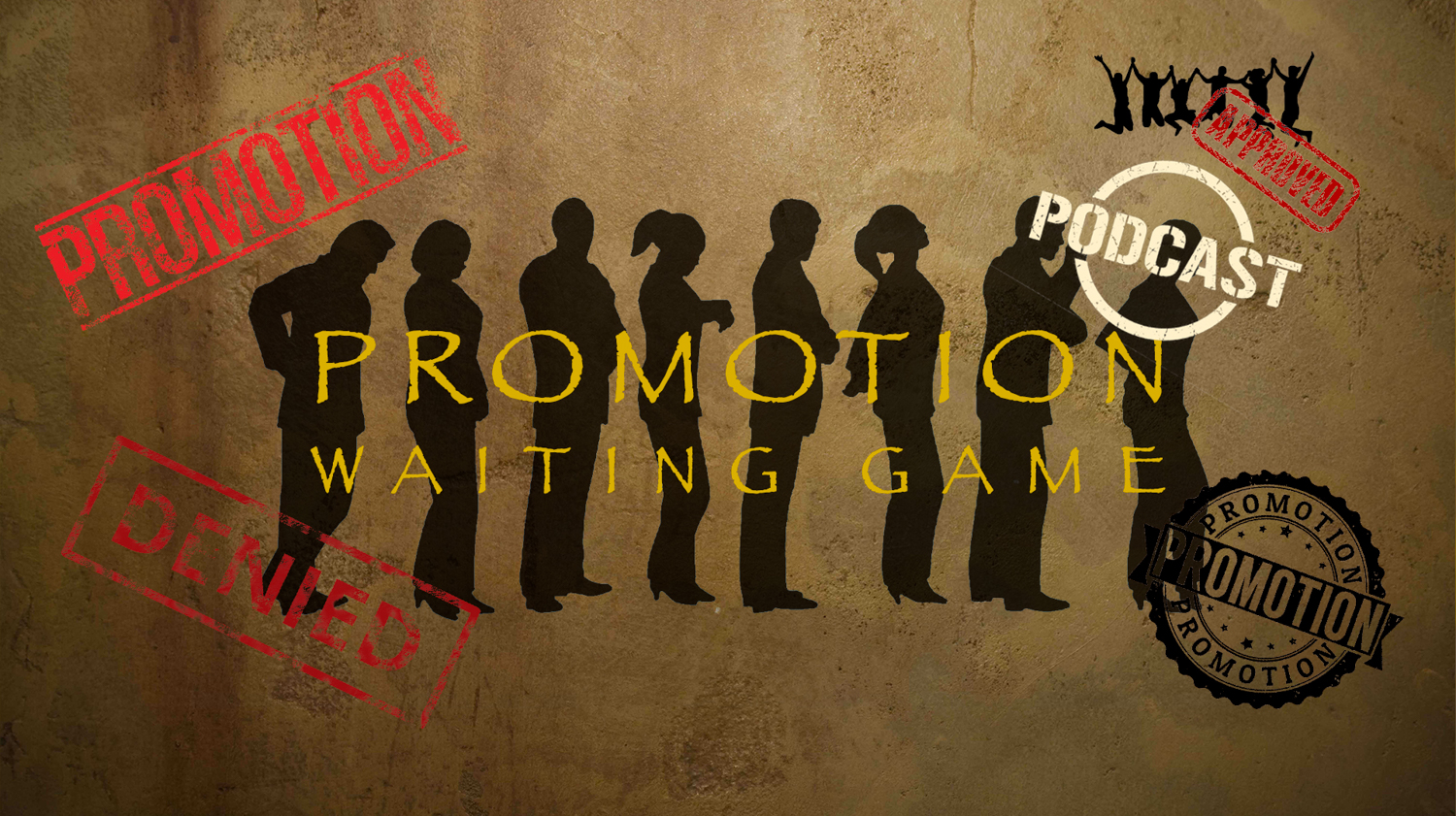Obtaining feedback from our manager and the people we work closely with is desired and in some cases dreaded. We desire feedback to gauge our performance and to seek acceptance for the work we have done. We also fear criticism and shame during the process. These are normal human reactions. That said, feedback is a very important part of our work, and it should be received, processed and used properly.

Why is it Important?
A Gallup article on employee engagement highlighted the need for feedback. The findings include the following facts:
- 39% of employees report that they don’t feel appreciated at work.
- Companies that regularly provide employee feedback see a 14.9% lower turnover rate.
- 65% of employees would like to have more feedback.
- 98% of employees disengage when managers give little or no feedback.
Feedback Types
Feedback is one of the most cost-effective ways to motivate employees, one of the most effective performance management tools and one of the most valuable professional development elements out there. It can come in many ways, each with its own level of effectiveness.
- Typical – Most companies require that feedback be given as part of the periodic performance management process. This is, in my view, a very ineffective use of feedback. Imagine an athlete having to wait until the end of the season to obtain input from their coach. This does not allow them enough time to adjust their performance, and thus, is not very effective.
- Better – Some leaders take it upon themselves to provide feedback on a more frequent basis. Some may use tools such as a 360-degree survey to obtain specific information from those we work with. In most cases this is done as part of a development program. This is a more effective use of the feedback process, yet not ideal.
- Ideal – The most effective use of feedback is to elicit it from five or six people we work with on a regular basis. This type of feedback can provide near real-time information from which to make performance adjustments. This type of feedback discussion should also include recommendations on how to make positive changes.
How to Receive, Process and Use Feedback
Many people are not aware that receiving, processing and using feedback is just as important as delivering it properly. Below are four things to consider in order to maximize the information you receive.
Be Thankful
When people give their time to provide feedback it is our job to show our gratitude for their contribution. Many people try to comment, argue, justify or defend the feedback, even when it’s positive. Marshall Goldsmith, a widely known executive coach and best-selling author, writes in his book What Got You Here Won’t Get You There that the best way to receive feedback is simply by saying “Thank You,” and nothing else.
In cases when we have solicited 360-degree feedback from those we work with, it is a natural reaction to try and connect the dots to people or events. Avoid the temptation and focus more on the content and how it relates to your career and development. This will be a better use of the information and your time, and it will help accelerate your progress.
Be Fair
When receiving feedback, it is easy to get hung up on a word or a sentence, especially if it is negative. Some comments can be direct and, in some cases, hurtful. Comments in our blind spots will catch us off-guard, and they may throw us off for a period of time. During these situations, it’s important to be fair to ourselves and to the person who is providing the information. Once again, say “thank you” and then process the information offline.
When processing the feedback, try not to focus only on the negative aspects. Try to analyze the information logically by compartmentalizing the information into specific topics like communication, interpersonal relationships, etc. Then take a step back and look at the big picture. One comment on a particular area does not warrant much thought, whereas a multitude of comments regarding a particular behavior requires more reflection.
Be Positive
Most of us are built to hear negative feedback much louder than positive. Many of the clients I coach receive overwhelming positive comments, yet they tend to focus on the one or two things that are hurtful.
Negative feedback makes us feel vulnerable. Brené Brown in her book Daring Greatly points out that “Vulnerability is at the heart of the feedback process.” Experience in receiving feedback does not eliminate this vulnerability. As Brené points out, “Experience does, however, give us the advantage of knowing that we can survive the exposure and uncertainty, and that it’s worth the risk.” We should recognize this vulnerable state and use the feedback positively towards our professional and personal growth by focusing on the positive elements.
Be Objective
Once you’ve had time to receive the feedback and process it internally, it is time to step back and consider the results alongside other data like personality assessments, performance reviews, etc. Analyze this information as you would analyze a business situation. Identify the common denominators, stack rank the positives to identify your biggest strengths, and stack rank your negative feedback to identify what needs to be worked on first. Doing so will put you in action mode and provide you with a foundation for personal and professional development.
Feedback is at the heart of our development process. Obtaining it on a regular basis, being appreciative of the information being provided, and processing it properly will help us use it to grow and it will help us thrive in our careers.
I hope this article was helpful. Drop me a note in the comment section below or through the Contact Me page if you have any questions.
Thanks,

© T. Kahler Coaching, LLC, All Rights Reserved.


